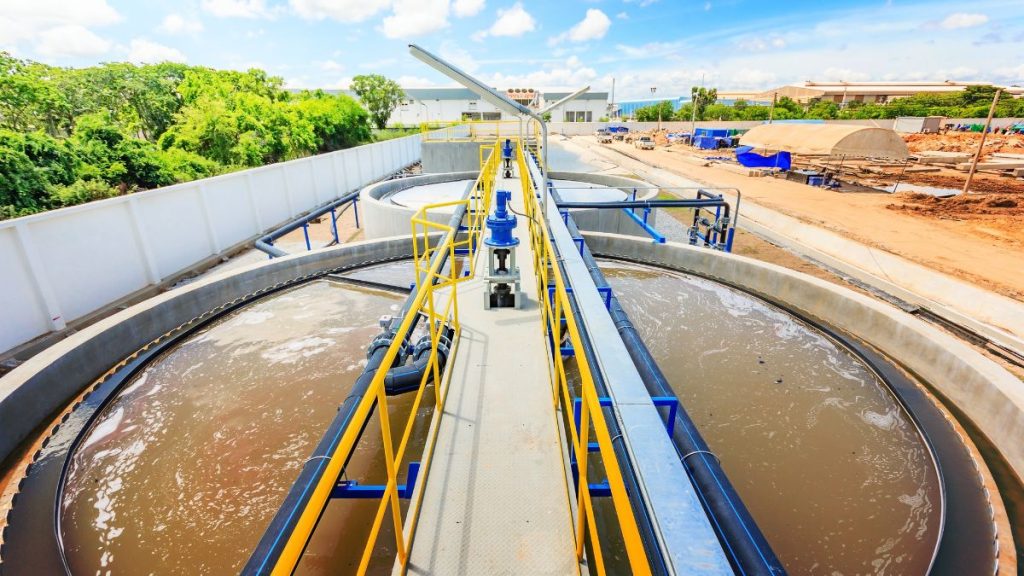In wastewater treatment, system efficiency is highly dependent on the performance of activated sludge in the biological unit. One of the most common yet complex challenges faced by many wastewater treatment plants (WWTPs) is the phenomenon of sludge bulking.
This condition can disrupt the sedimentation process, causing solids to become dispersed in the effluent and impacting the quality of the treated water.
What is Sludge Bulking?
Sludge bulking is a condition in which activated sludge has difficulty settling efficiently in the clarifier or sedimentation tank. As a result, the sludge is not separated properly from the clear water and can lead to an increase in the suspended solids (TSS) content in the effluent.
In general, sludge bulking occurs when the growth of microorganisms in the activated sludge is unbalanced or the floc structure is loose and easily settles. This condition not only impacts effluent quality but can also reduce overall system efficiency and increase operational costs.
Types of Sludge Bulking
There are two types of sludge bulking that most commonly occur in the field:
1. Filamentous Bulking
This type occurs when filamentous bacteria overgrow and dominate the floc structure of activated sludge. These filaments extend outward from the floc, creating an open, light structure that is difficult to settle.
Characteristics of filamentous bulking:
- The floc is loose and stringy.
- The sludge does not settle well and tends to float in the clarifier.
- The effluent tends to be cloudy and contains a lot of suspended solids.
Some types of filamentous bacteria that commonly cause this problem include Microthrix parvicella, Nocardia, and Sphaerotilus natans.
2. Viscous Bulking
Viscous bulking occurs when activated sludge contains large amounts of extracellular substances such as slime or polysaccharides, produced by microorganisms due to certain environmental conditions. The floc becomes too dense and slimy, resulting in reduced settling ability.
Characteristics of viscous bulking:
- Floc tends to be dark, slimy, and very dense.
- The sludge settles very slowly and produces a lot of scum.
- The effluent appears to contain a layer of oil or suspended organic matter.
Read Also: Why Solids Floating in Secondary Clarifiers?
Causes of Sludge Bulking
Sludge bulking does not occur suddenly, but rather is the accumulation of various suboptimal conditions in a biological treatment system. Some common causes include:
1. Nutrient Imbalance
An imbalance in the proportions of carbon, nitrogen, and phosphorus (C:N:P) can cause uncontrolled growth of microorganisms, particularly filamentous bacteria.
2. Low Dissolved Oxygen (DO)
A lack of dissolved oxygen often triggers the growth of anaerobic or microaerophilic filamentous bacteria that dominate the floc.
3. Improper Food/Microorganism Ratio
A food-to-microorganism ratio that is too high or too low can disrupt the growth of microorganisms and cause sludge bulking.
4. Unstable pH and Temperature
Dramatic fluctuations in pH or temperature can trigger microbiological stress and changes in the microbial community, including the emergence of filamentous species.
5. High Oil and Fat Content
The presence of high concentrations of oil and fat in industrial wastewater (such as food or palm oil) can encourage the growth of Nocardia, one of the causes of filamentous bulking.
Read Also: How to Overcome Fat and Oil Accumulation in Wastewater Treatment Plants?
Impact of Sludge Bulking
If not addressed promptly, sludge bulking can have serious impacts on wastewater treatment plant operations:
- Decreased effluent quality, risking failure to meet quality standards.
- Increased workload on clarifiers or sedimentation units.
- High TSS and BOD in the final product.
- Increased operational costs due to the need for longer sludge retention or the use of additional chemicals.
Integrated Solutions for Sludge Bulking Problems
As a trusted partner in water and wastewater treatment, Lautan Air Indonesia offers various solutions to help customers identify, address, and prevent sludge bulking:
1. System Audit and Microbiological Diagnostics
Our technical team can conduct microbiological analysis to identify the types of bacteria causing sludge bulking and evaluate comprehensive operational conditions, including the F/M ratio, DO, temperature, and pH.
2. Provision of Specialty Chemicals
We provide a variety of chemical products for sludge bulking control, such as:
- Selective bactericides to reduce the growth of filamentous bacteria.
- C:N:P balancers to improve nutrient ratios.
- Polymers to aid floc settling during crisis conditions.
3. Biological Process Design and Optimization
Our team can help customers optimize aeration systems, improve DO control, or even recommend process modifications (such as selector zones) to suppress the growth of undesirable microorganisms.
4. Operational Training and Regular Monitoring
Lautan Air Indonesia also provides technical training for WWTP operators as well as regular monitoring services to ensure the system continues to function optimally and the risk of sludge bulking is minimized early on.
Professional Support in Water and Wastewater Management
With over 40 years of experience in the water treatment industry, Lautan Air Indonesia understands the complexities of WWTP systems, especially when facing challenges like sludge bulking. We offer not only products, but also holistic solutions: from initial evaluation and technology selection to chemical supply and field technical assistance.
Our commitment is to help your industry:
- Meet environmental quality standards.
- Reduce operational costs.
- Maintain continuous production processes without disruption to wastewater systems.
Is your wastewater treatment system experiencing sludge bulking? Don’t let this problem escalate into environmental and financial risks. Lautan Air Indonesia is ready to assist you with the right solutions and professional service.
Contact us now for a technical consultation or schedule a visit to your facility.



